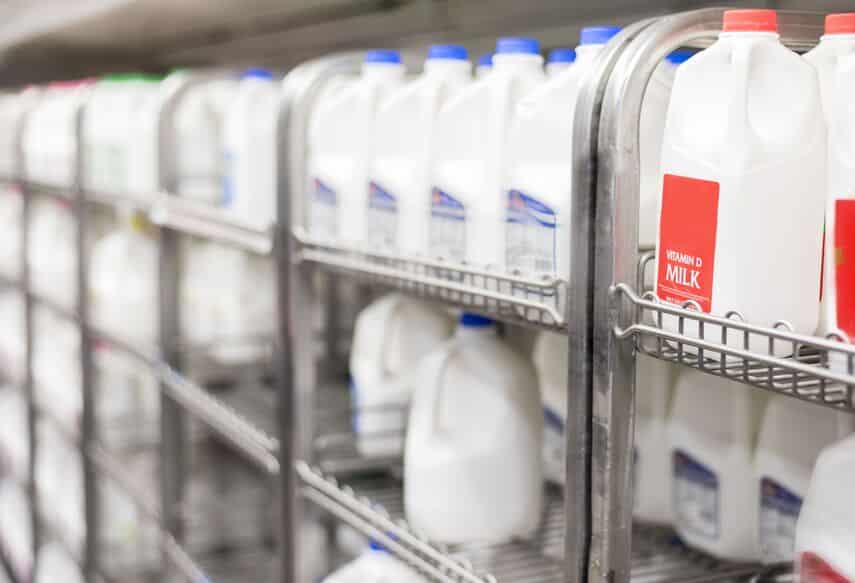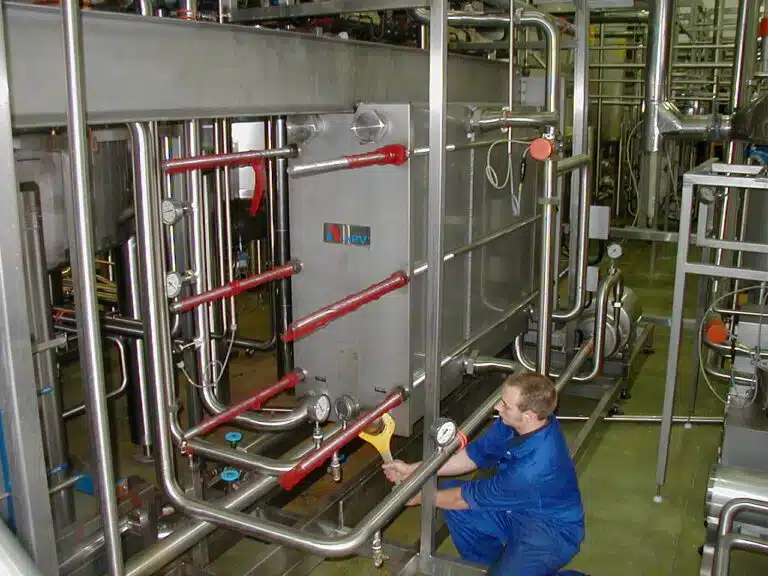With rapidly changing consumer tastes, supply chain constraints and staffing shortages, America’s processors are facing demanding processing schedules with limited resources. We know that the bottom line is more important than ever for food, dairy and beverage processors and excessive product shrinkage is not an option.
Through the incorporation of turbidity sensors during processing transitions, manufacturers can combat product shrinkage and add to their bottom line.
What is Product Shrinkage?
Product shrinkage is a household phrase throughout the food, beverage and dairy manufacturing industry. It describes the product lost through the manufacturing process. In theory, X amount of raw product or ingredients should equal X amount of finished, sellable product. Unfortunately, as manufacturers know, it never quite adds up.
Replace Outdated Transition Methods to Slash Shrinkage
One ideal way to cut shrinkage is by incorporating optical, or turbidity sensors into the process anywhere water-to-product and product-to-water transitions happen.
Processors have long relied on faulty visual observation or timed methods to signal transitions.
- In the event of a product beginning to mix with water, you can see the discharge become cloudy but due to limitations of the human eye, it is impossible to pinpoint the perfect time close the drain valve and make the switch.
- Relying solely on the timer method for this process could mean dumping many gallons of good product down the drain.
By replacing traditional methods of transition with turbidity sensors, processors can cut shrinkage and increase efficiency from day one, adding to their bottom line.
Optical Sensor Transitions = Masterleo’s SmartSwitch
The use of optical sensors for these transitions is what Masterleo refers to as a SmartSwitch application. Masterleo’s SmartSwitch solution leverages the technology of optical sensors for food, dairy and beverage applications to reduce product shrink. The savings are endless when integrating this innovation into your system.
The term “SmartSwitch” has been used since the first stand-alone system Masterleo produced that provided the ability to detect and alert operators of the precise time in which their water-to-product and product-to-water transitions were completed. At first, the sensors used in the food industry by Masterleo for this application started rather simply with just a flashing light to signal when good product began flowing down the drain.
Over decades of development and countless installs, this simple concept has evolved and now provides the flexibility to tie into existing food, beverage and dairy processor’s control system or have a fully independent system control your valve switching based on the information the optical sensors are reporting.
With a wide variety of turbidity sensors used in the food industry, Masterleo can tailor an application that meets each processors specific needs. Let us show you how we can save you money and reduce your product shrink through SmartSwitch by Masterleo.



